- Shop Brands
Manufacturer Brands
-
 Aquatec
Aquatec
-
 AquiSense Technologies
AquiSense Technologies
-
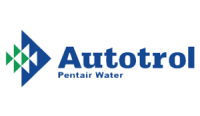 Autotrol-Pentair
Autotrol-Pentair
-
 Aries FilterWorks
Aries FilterWorks
-
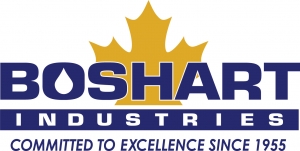 Boshart Industries
Boshart Industries
-
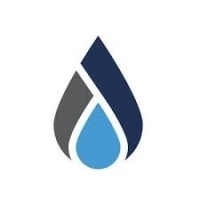 Calefactio Dole HG Spec
Calefactio Dole HG Spec
-
 Clack Corporation
Clack Corporation
-
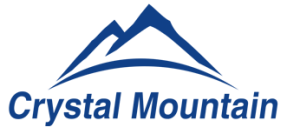 Crystal Mountain Coolers
Crystal Mountain Coolers
-
 DAB
DAB
-
 DMfit
DMfit
-
 Dow - Filmtec
Dow - Filmtec
-
 Everpure
Everpure
-
 Filtrex Matrix GreenBlock
Filtrex Matrix GreenBlock
-
 Fleck-Pentair
Fleck-Pentair
-
 Flexcon
Flexcon
-
 Franklin Electric
Franklin Electric
-
 GE Osmonics Desal
GE Osmonics Desal
-
 Grundfos
Grundfos
-
 Harmsco
Harmsco
-
 Jaco Fittings
Jaco Fittings
-
 HM Digital
HM Digital
-
 Hydrotech-Canature-WaterGroup
Hydrotech-Canature-WaterGroup
-
 John Guest SpeedFit-ProLock
John Guest SpeedFit-ProLock
-
 North Star
North Star
-
 Microline
Microline
-
 Megahome
Megahome
-
 Omnipure
Omnipure
-
 Pentek
Pentek
-
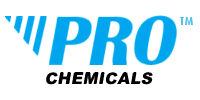 Pro Products
Pro Products
-
 Rainshowr
Rainshowr
-
 Rusco
Rusco
-
 SenSafe WaterWorks ITS
SenSafe WaterWorks ITS
-
 Shurflo - Pentair
Shurflo - Pentair
-
 Structural-Pentair
Structural-Pentair
-
 The Water Guy
The Water Guy
-
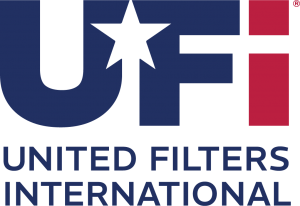 United Filters International
United Filters International
-
 UV Dynamics
UV Dynamics
-
 UVPure
UVPure
-
 Veolia / Suez
Veolia / Suez
-
 Viqua
Viqua
-
 Viqua - Sterilight
Viqua - Sterilight
-
 Viqua - Trojan
Viqua - Trojan
-
 Waterite
Waterite
-
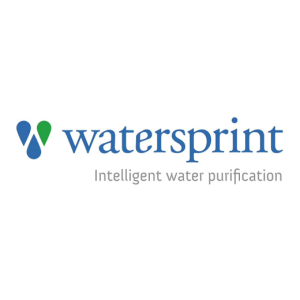 WaterSprint
WaterSprint
-
 Wedeco Ideal Horizons
Wedeco Ideal Horizons
-
 Wilo
Wilo
-
 WOW Topper
WOW Topper
-
- Articles
- Latest Article
- Posted on Nov 20, 2025Milwaukee Tool Give Away - Win a Milwaukee M18™ 2-Tool Combo Kit & Carrying Bag
- Recent Articles
-
WaterSprint's Solo Nautic II UV System Experience Pure Water with The Water Guy: Introducing the WaterSprints Solo Nautic II UV System Here at The Wat...Aug 15, 2025
-
Forever Chemicals in Our Backyard Forever Chemicals in Our Backyard: What Canadians Need to Know About PFAS Hotspots They’re invisible, toxic, and...May 13, 2025
-
Domestic Water Well Testing What you need to know. When buying a property with its own water source, it's essential to test the domestic water well for...Apr 02, 2025
-
- Latest Article
- Education
- Since 1989
- Happy Customers
- Thanks so much for the comments below. Hope that can be made to work. Appreciate the time you took to look into this.- W.V., Cranbrook - BCjust a short note to thank you for your assistance. I got the system up and running today. It has been a pleasure doing business with you.- D.B., Nelson - BCThanks, I ordered two O rings yesterday. I appreciate your knowledge of this, as everyone else just recommended a generic O ring. Much appreciated.- C.L., Richmond - BC
- Happy Customers
- Support
- Happy Customers
- Just wanted to say thank you - the ballast arrived yesterday & is up & running - nice buying experience.- H.J., OntarioEverything I could ever use to maintain our entire home water filtration systems are on your site. Great prices and friendly customer service too.- S.A., Midhurst - ONIt's nice to find a Canadian Company having prices competitive with US Companies. Gratefully,- I.L., Edmonton - AB
- Happy Customers
- Chemicals & Cleaners
- Drinking Water Systems & Parts
- Installation Supplies
- Leak Detection & Prevention
- Pumps & Pump Parts
- Reverse Osmosis Systems
- UV Light Sterilizers
- Water Filter Housings & Kits
- Water Filters
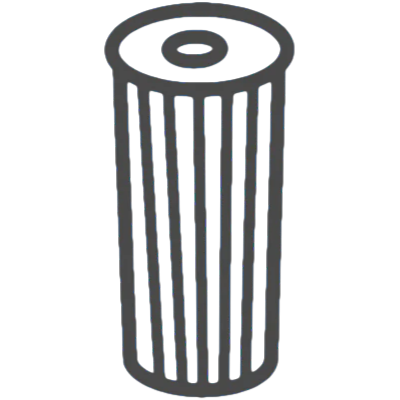
- Water Softeners
- Water Testing
- Well System Parts & Installation Supplies
- Whole-House Systems

CATEGORIES
- November SpecialsSALE !
- Clearance & Close-Outs
- Chemicals & Cleaners
- Drinking Water Systems & Parts
- Installation Supplies
- Leak Detection & Prevention
- Pumps & Pump Parts
- Reverse Osmosis Systems
- UV Light Sterilizers
- Water Filter Housings & Kits
- Water Filters
- Water Softeners
- Water Testing
- Well System Parts & Installation Supplies
- Whole-House Systems
HAPPY Customers
Thanks, I ordered two O rings yesterday. I appreciate your knowledge of this, as everyone else just recommended a generic O ring. Much appreciated.
— C.L.,
Richmond - BC Forever Chemicals in Our Backyard
- By The Water Guy
- May 13, 2025
_contamination._.jpeg)
Forever Chemicals in Our Backyard: What Canadians Need to Know About PFAS Hotspots
They’re invisible, toxic, and alarmingly persistent — and they’re showing up in our water, food, and even our blood. Known as “forever chemicals,” PFAS (per- and polyfluoroalkyl substances) are a class of synthetic compounds that don’t break down easily in the environment. And now, thanks to a new CBC interactive map, Canadians can see just how close to home the problem really is.
What Are PFAS and Why Should We Care?
PFAS are used in everything from non-stick cookware and water-repellent clothing to firefighting foams and food packaging. But their durability comes at a cost: they accumulate in the environment and in our bodies, and have been linked to health issues like cancer, liver damage, and immune system disruption.
Mapping the Risk Across Canada
CBC’s newly released interactive tool — https://newsinteractives.cbc.ca/features/2025/pfas-canada-map/ — reveals dozens of locations across the country where PFAS contamination has been detected, from military bases and airports to industrial sites and landfills. The map is a wake-up call for communities, especially those relying on groundwater or living near known contamination zones.
Bookmark This Map
This isn’t a one-and-done snapshot. The CBC has committed to updating the map as new testing data and contamination sites are identified. It’s a living resource — one worth bookmarking and revisiting as the story of PFAS in Canada continues to unfold.
What’s Being Done?
While Canada has guidelines for PFAS in drinking water, they vary by province and are not yet enforceable nationwide. Health Canada’s drinking water summary outlines microbiological and chemical parameters for safe drinking water, but PFAS regulation remains a patchwork. Meanwhile, labs like CARO Analytical Services are stepping up testing efforts, helping water professionals across B.C. and Alberta monitor contamination.
Treatment Methods for PFAS Removal
According to the CBC article, the most effective treatment methods for PFAS include:
Activated Carbon Filtration – Often used in whole-house systems to trap PFAS molecules.
Ion Exchange Resins – These systems swap PFAS ions with harmless ones, effectively removing them from water.
Reverse Osmosis (RO) – Highly effective for PFAS, especially in under-sink or point-of-use systems.
What Can You Do?
- Check the map to see if your area is affected.
- Get your water tested if you live near a hotspot or rely on a private well.
- Advocate for stronger regulations and cleanup efforts.
- Reduce your exposure by avoiding products with PFAS (look for “fluoro” or “PTFE” on labels).
As Canadians, we pride ourselves on clean water and pristine wilderness. But the reality of forever chemicals challenges us to take a closer look — and take action. Because when it comes to PFAS, what we can’t see can still hurt us.
The bulk of this post is based on the CBC article in the link above.

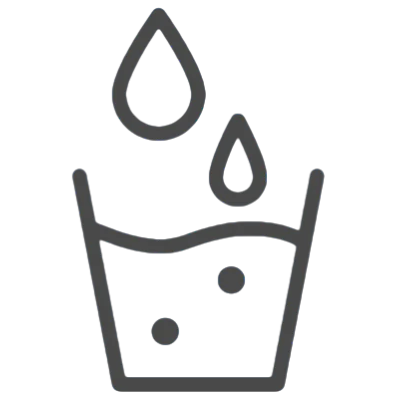

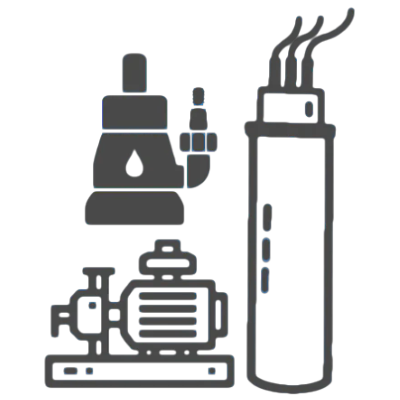
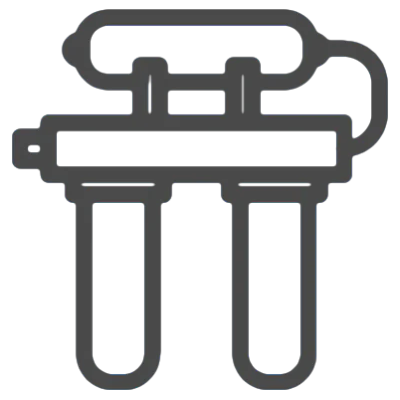
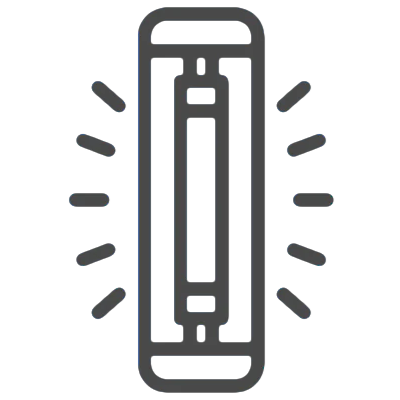

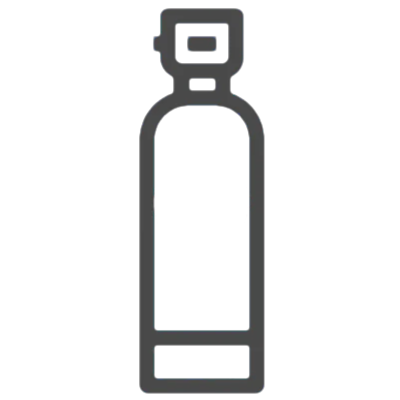
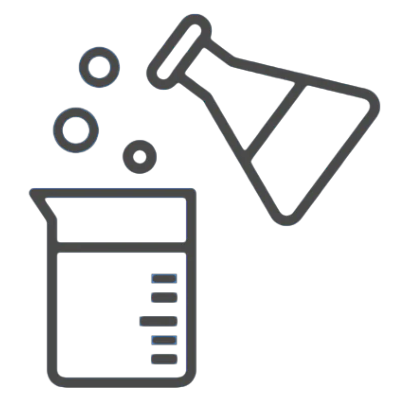
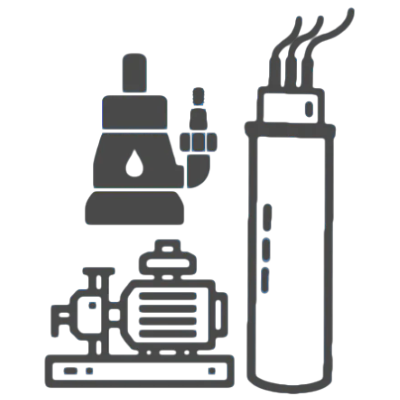
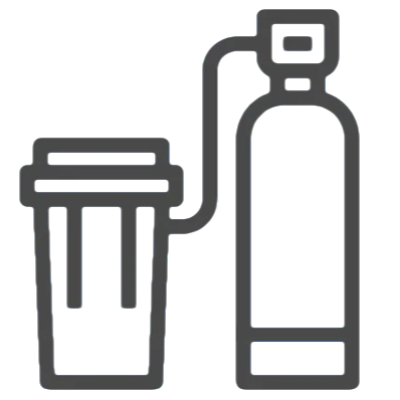


_contamination._.jpeg&w=70&h=70)
.jpeg&w=70&h=70)


.jpeg&w=80&h=80)



BRANDS